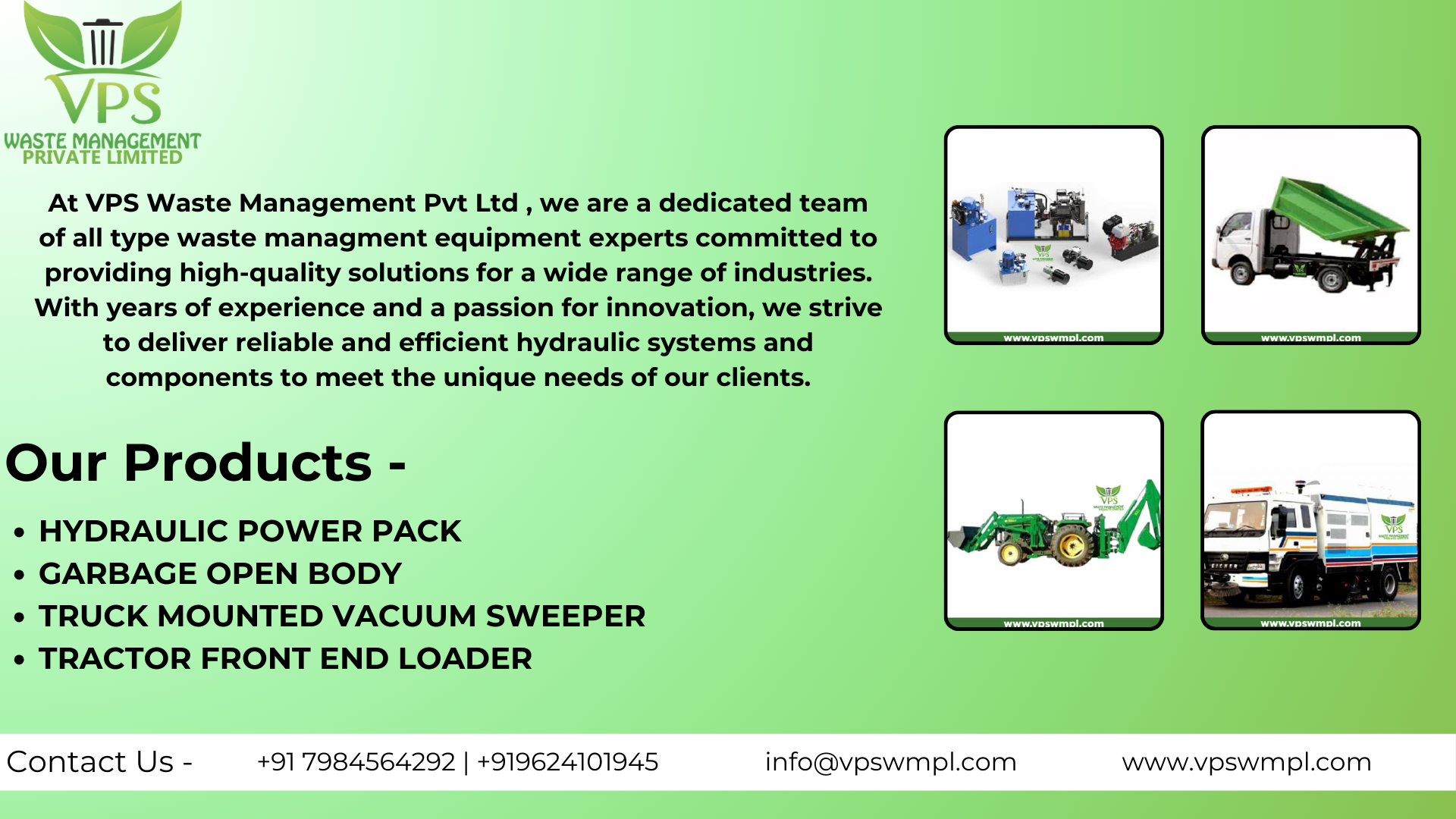Truck-Mounted Vacuum Sweepers
Description of Truck-Mounted Vacuum Sweepers
Truck-mounted vacuum sweepers are specialized vehicles engineered to clean streets, highways, industrial complexes, airports, and other large outdoor surfaces by using a combination of mechanical brushing and high-powered vacuum suction systems. These sweepers are mounted on truck chassis, making them mobile, robust, and capable of handling extensive cleaning tasks efficiently.
How It Works (Mechanism Overview)
-
Sweeping Brooms: Side and center rotating brooms gather dust, leaves, litter, and fine debris toward a central suction nozzle.
-
Vacuum Suction System: A high-powered vacuum fan pulls debris into the nozzle and transfers it into a debris hopper.
-
Dust Suppression System: Sprays water to control airborne dust during sweeping.
-
Debris Storage Hopper: A large-capacity container stores collected waste.
Auxiliary Engine (Optional): Some sweepers use a secondary engine to operate the vacuum and hydraulic systems independently of the truck engine.
Construction & Components
-
Chassis: Typically mounted on commercial truck frames (e.g., Tata, Isuzu, Ashok Leyland).
-
Body: Made of high-strength stainless steel or galvanized metal to resist corrosion and wear.
-
Hopper Capacity: Ranges from 3,000 to 15,000 liters.
Water Tanks: For dust suppression—usually 1,000 to 2,500 liters.
Hydraulic System: Controls broom movement, lifting, and tilting of the hopper.
Where It's Used
-
Urban Cities: For daily street and road cleanliness.
-
Industrial Parks: Cleaning spills, dust, and production waste.
-
Airports: Runway and taxiway maintenance.
-
Ports & Mines: Removal of granular debris, dust, and sludge.
Construction Sites: Post-construction cleanup.
Uses & Applications
-
Clearing dust, plastic waste, gravel, sand, and organic material.
Pre-monsoon and post-storm cleanup.
-
Pre-surfacing cleaning before laying asphalt or paint.
Importance
-
Reduces pollution: Controls dust and air particles.
-
Enhances aesthetics: Keeps roads and public areas clean.
-
Compliance: Meets environmental regulations.
Advantages
-
Time-Saving: Covers large areas in a short time.
-
Environmental Benefits: Reduces need for manual sweeping.
-
Operational Cost Saving: Fewer personnel, less fuel consumption per area cleaned.
-
Multi-surface Capability: Handles roads, concrete, asphalt, etc.
Key Features
| Feature | Description |
|---|---|
| Hopper Capacity | |
| Suction Power | |
| Sweeping Width | |
| Dust Suppression | Water tank & spray nozzles |
| Auxiliary Engine | Optional for independent operation |
| User Interface | Joystick, dashboard touch panels |
| Automation | Some models offer GPS and route logging |
| Build Quality |
FAQs
Q: Are truck-mounted sweepers different from compact sweepers?
A: Yes. Truck-mounted sweepers are larger, meant for heavy-duty and long-distance cleaning, while compact sweepers are used in confined or narrow areas.
Q: How often should a vacuum sweeper be serviced?
A: Routine servicing every 250–500 hours, and full inspection every 6 months.
Q: Can they be used on wet surfaces?
A: Yes, though excessive water might reduce suction efficiency.
Q: Are they safe for asphalt and delicate surfaces?
A: Yes, when configured with soft brooms and controlled vacuum power.
Q: What fuel types are used?
A: Mostly diesel; however, some hybrid and electric models are emerging.
Conclusion
Truck-mounted vacuum sweepers are a vital asset for modern urban and industrial hygiene management. Their ability to cover vast areas, remove varied debris, and reduce environmental dust makes them indispensable for cities and large organizations. When properly chosen and maintained, these machines provide years of reliable service, ensuring clean, safe, and aesthetically pleasing environments.
Contact:-+91 7984564292
Website:-https://vpswmpl.com/vpswmpl@gmail.com

